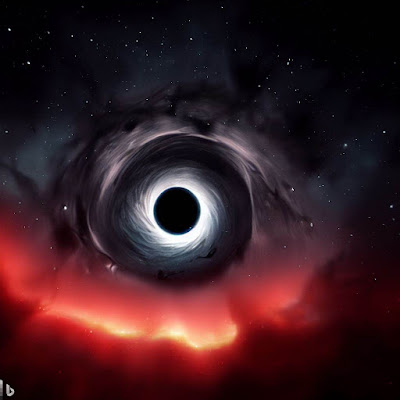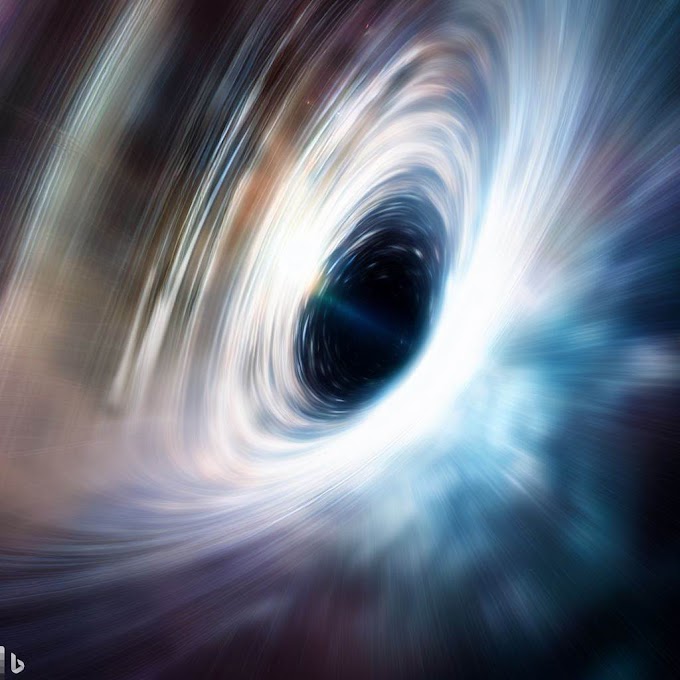Exploring the Mysteries of Black Holes: A Beginner's Guide
A black hole is one of the most mysterious and intriguing objects in the universe. It is a region of space where the gravitational pull is so strong that nothing can escape it, not even light. This makes it invisible to the naked eye and scientists have had to rely on indirect observations to study them.
Black holes are formed when a massive star dies and its core collapses under its own gravity. The collapse is so intense that it creates a singularity, a point of infinite density and zero volume. This singularity is surrounded by an event horizon, which is the point of no return, beyond which nothing can escape the black hole's gravitational pull.
There are two types of black holes: stellar and supermassive. Stellar black holes are formed from the collapse of a single massive star and are typically a few times more massive than the sun. Supermassive black holes, on the other hand, are found at the center of most galaxies and can be billions of times more massive than the sun.
Black holes are not just invisible voids in space. They have a powerful influence on their surroundings, warping space and time, and causing extreme gravitational effects. When matter falls into a black hole, it heats up and emits radiation. This process creates some of the brightest objects in the universe, known as quasars.
The study of black holes has revealed some of the most profound insights into the nature of the universe. They have led to the discovery of new physics, such as the theory of relativity, and have challenged our understanding of space and time. Black holes also play a crucial role in the evolution of galaxies, as they influence the movement of stars and the formation of new ones.
Despite their significance, there is still much that is unknown about black holes. Scientists are currently working on new ways to study them, using techniques such as gravitational waves and x-rays. The study of black holes promises to unlock new mysteries of the universe and push the boundaries of our understanding of physics and astronomy.
In conclusion, black holes are fascinating and mysterious objects that have captured the imagination of scientists and the public alike. They are formed from the collapse of massive stars and have a powerful gravitational pull that warps space and time. Although they are invisible to the naked eye, they have a profound impact on the surrounding universe. The study of black holes continues to push the boundaries of our understanding of physics and astronomy, and promises to reveal new insights into the nature of the universe.















0 Yorumlar